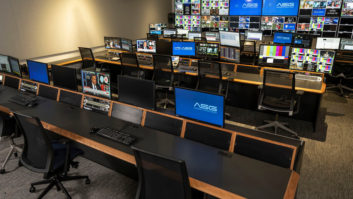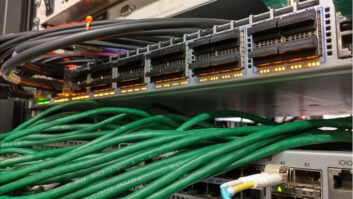Production and post company FrameTrunk has revamped its live ingest systems with high-density AJA Corvid 88 video and audio I/O cards, which help manage multiple, high resolution input and output streams.
FrameTrunk works with broadcasters, production companies and corporations to provide tailored solutions and on-site support for everything from ingest to editorial, Cloud-based logging, live streaming and contribution.
The company said in the last year it has seen the demand for UltraHD among clients increase significantly. “To keep pace and stay competitive, we need to be able to tackle any size resolution or frame rate, and with AJA Corvid 88, we are more than capable. It supports UltraHD 50p and a myriad of other transport standards and frame rates for HD, 2K, UltraHD and 4K delivery,” said James Hunter, CTO, FrameTrunk.
The Corvid 88s are predominantly used in FrameTrunk’s live ingest system, which supports simultaneous generation of high resolution and proxy media.
While media is encoded, the company’s proprietary software suite regrows files onto SANs for chase-based live edits or delivery drives; proxy files can also be delivered into its Cloud-based MAM for live logging.
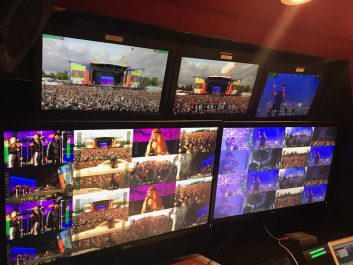
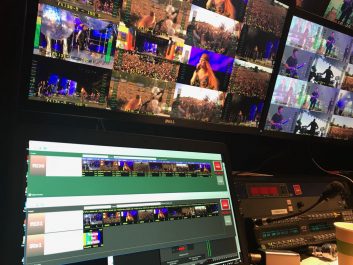
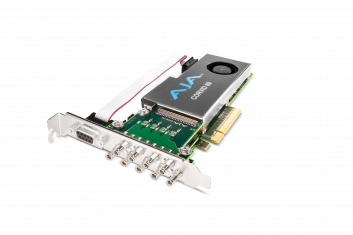
FrameTrunk recently deployed the system to help LiveNation deliver its first UltraHD production for the Download rock music festival in Donnington for Sky Arts. Tasked with ingesting more than 11 hours of event footage a day from two stages across eight channels of 3840×2160 50p delivery, the company relied on Corvid 88s for ingest of quad-link 3G-SDI ISO and TX event feeds.
Ingest nodes were Linux-based, with FrameTrunk’s software controlling multiple record nodes from a central platform. In order to balance the large volume of data required, each recording channel was given its own record node carrying 26TB of storage, supported by a secondary data backup for the three-day event. Once production wrapped, the edits, SAN and nearline were relocated to a post facility in London where the programme was finished using a traditional online/offline workflow but with HD offline and UHD online.

